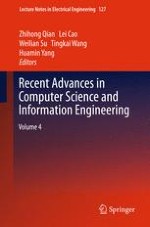CSIE 2011 is an international scientific Congress for distinguished scholars engaged in scientific, engineering and technological research, dedicated to build a platform for exploring and discussing the future of Computer Science and Information Engineering with existing and potential application scenarios. The congress has been held twice, in Los Angeles, USA for the first and in Changchun, China for the second time, each of which attracted a large number of researchers from all over the world. The congress turns out to develop a spirit of cooperation that leads to new friendship for addressing a wide variety of ongoing problems in this vibrant area of technology and fostering more collaboration over the world.
The congress, CSIE 2011, received 2483 full paper and abstract submissions from 27 countries and regions over the world. Through a rigorous peer review process, all submissions were refereed based on their quality of content, level of innovation, significance, originality and legibility. 688 papers have been accepted for the international congress proceedings ultimately.
